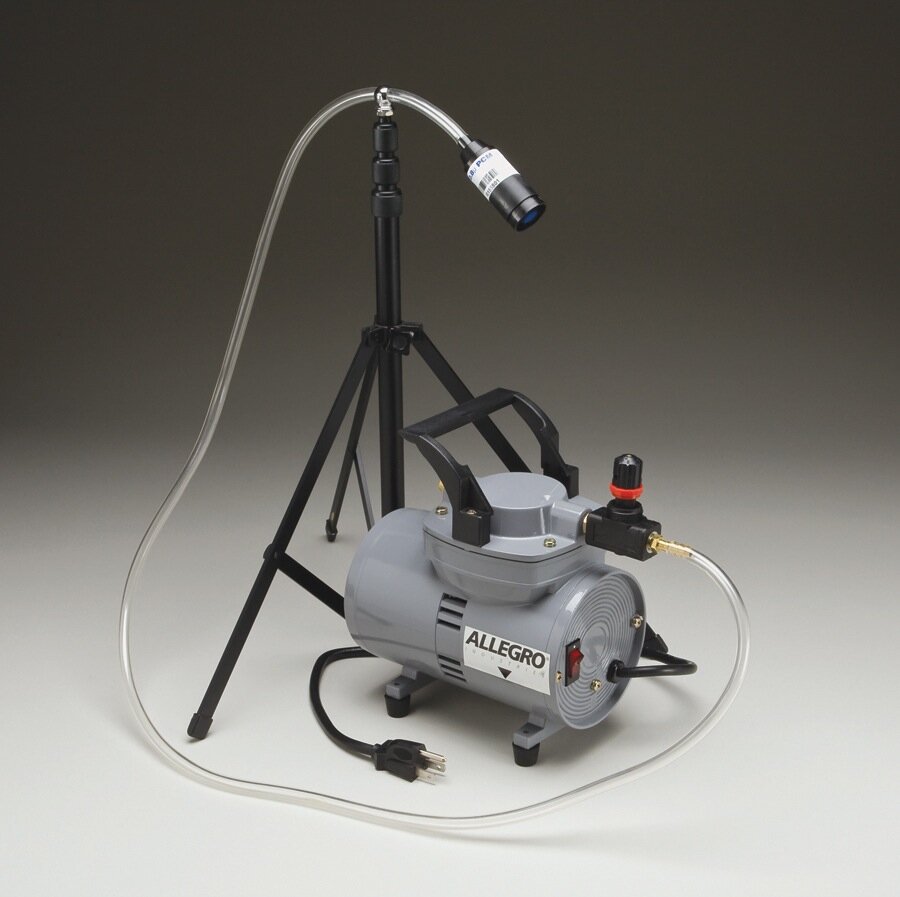Efficient Asbestos Air Testing Methods
Efficient Asbestos Air Testing Methods
Blog Article
Your Guide to Effective Asbestos Evaluating Procedures
Asbestos screening procedures are an important part of ensuring the safety of interior settings, especially in older buildings where this hazardous material may exist. The potential wellness dangers related to asbestos direct exposure make it imperative to come close to testing with precision and thoroughness. From comprehending the residential properties of asbestos to successfully translating examination outcomes, an extensive guide can gear up people with the knowledge and devices needed to browse this complicated process. Remain tuned to discover the crucial actions and considerations that can help you safeguard against the threats postured by asbestos.
Comprehending Asbestos and Its Threats
Asbestos, a naturally occurring mineral understood for its heat resistance and durability, presents severe wellness risks when its fibers are inhaled or ingested. asbestos survey. Exposure to asbestos can lead to severe health and wellness problems such as lung asbestosis, cancer cells, and mesothelioma cancer. Regardless of its beneficial residential properties, asbestos has actually been widely banned in numerous countries because of the tested web link in between asbestos direct exposure and these life-threatening diseases
The risk hinges on the microscopic fibers that can quickly end up being air-borne when asbestos-containing products are disturbed or damaged. When breathed in, these fibers can become lodged in the lungs, creating swelling and scarring in time. The latency period between exposure to asbestos and the advancement of related illness can cover several decades, making early discovery and avoidance essential.
Asbestos was generally used in building and construction materials, insulation, and automobile components prior to its wellness dangers were totally recognized. Today, correct testing and removal of asbestos-containing materials are vital to safeguard individuals from the threats related to asbestos direct exposure.
Identifying Possible Asbestos Materials
The recognition of prospective asbestos products is an essential action in guaranteeing the security of individuals subjected to harmful compounds in different settings. Asbestos can be located in a broad variety of structure products, consisting of but not restricted to insulation, ceiling ceramic tiles, floor ceramic tiles, concrete sheets, and roofing roof shingles - asbestos testing service. Determining these materials accurately is vital to efficiently managing the risks linked with asbestos exposure

In situations where visual inspection is inconclusive, examples of thought products can be gathered and sent out to recognized laboratories for screening. These labs employ specialized strategies such as polarized light microscopy or transmission electron microscopy to accurately determine the existence of asbestos fibers in the samples. By following strenuous recognition procedures, people can properly alleviate the risks connected with asbestos exposure.
Picking the Right Screening Approach
Recognition of potential asbestos products plays a crucial duty in establishing the suitable screening technique for precise asbestos fiber detection. When presumed materials have been recognized, picking the ideal screening approach is important to make certain trustworthy outcomes. There are two main methods for asbestos screening: polarized light microscopy (PLM) and transmission electron microscopy (TEM) PLM is commonly utilized for first screening as it is cost-efficient and offers fast results. PLM has limitations have a peek at these guys in finding asbestos fibers that are smaller sized than 1 to 3 microns. On the various other hand, TEM is an advanced method that can precisely recognize asbestos fibers at the ultrastructural level. While TEM is extra expensive and lengthy than PLM, it supplies greater level of sensitivity and uniqueness in asbestos detection. Selecting the ideal testing technique depends on various variables such as the kind of material being evaluated, the required level of sensitivity of the analysis, and the offered spending plan. It is vital to talk to recognized asbestos screening specialists to identify one of the most appropriate technique for your certain screening demands.
Conducting Example Collection Securely
When collecting examples for asbestos screening, focusing on safety and security steps is paramount to lessen potential direct exposure risks. Asbestos fibers are dangerous when disrupted, making it vital to comply with proper security protocols throughout sample collection - asbestos inspection. Before starting the tasting process, make certain that you are furnished with personal protective tools (PPE) such as disposable coveralls, masks, gloves, and safety glasses to stop inhalation or contact with asbestos fibers
It is important to wet the sampling area using a gentle mist of water to avoid the fibers from ending up being air-borne throughout collection. Use caution when gathering examples and stay clear of aggressive scuffing or piercing that could release asbestos fibers right into the air. Instead, very carefully reduced important link a small item of the product using suitable devices and put it right into a sealed container for evaluation by a certified research laboratory.
Moreover, identifying each example with comprehensive info pertaining to the tasting date, location, and collector's name is essential for accurate record-keeping and analysis. By adhering to these safety and security guidelines, you can perform example collection for asbestos testing effectively while lessening the threat of exposure.
Translating Examination Outcomes and Following Steps

Final Thought
In conclusion, effective asbestos screening procedures are essential in recognizing and managing possible health threats connected with asbestos exposure. By recognizing the dangers of asbestos, recognizing prospective materials, picking the ideal testing approach, performing sample collection securely, and analyzing examination results accurately, organizations and individuals can take the needed actions to secure themselves and others from the damaging effects of asbestos. It is critical to prioritize safety and appropriate testing protocols to ensure a healthy and balanced setting for all.

Recognition of potential asbestos materials plays a critical role in establishing the ideal testing approach for precise asbestos fiber discovery. The test outcomes will show the visibility or lack of asbestos, the type of asbestos fibers present, and the focus levels.In conclusion, effective asbestos testing treatments are essential in identifying and managing potential health risks linked with asbestos exposure. By comprehending the threats of asbestos, identifying possible materials, choosing the best screening method, performing example collection safely, and interpreting examination results precisely, individuals and companies can take the needed steps to protect themselves and others from the hazardous effects of asbestos.
Report this page